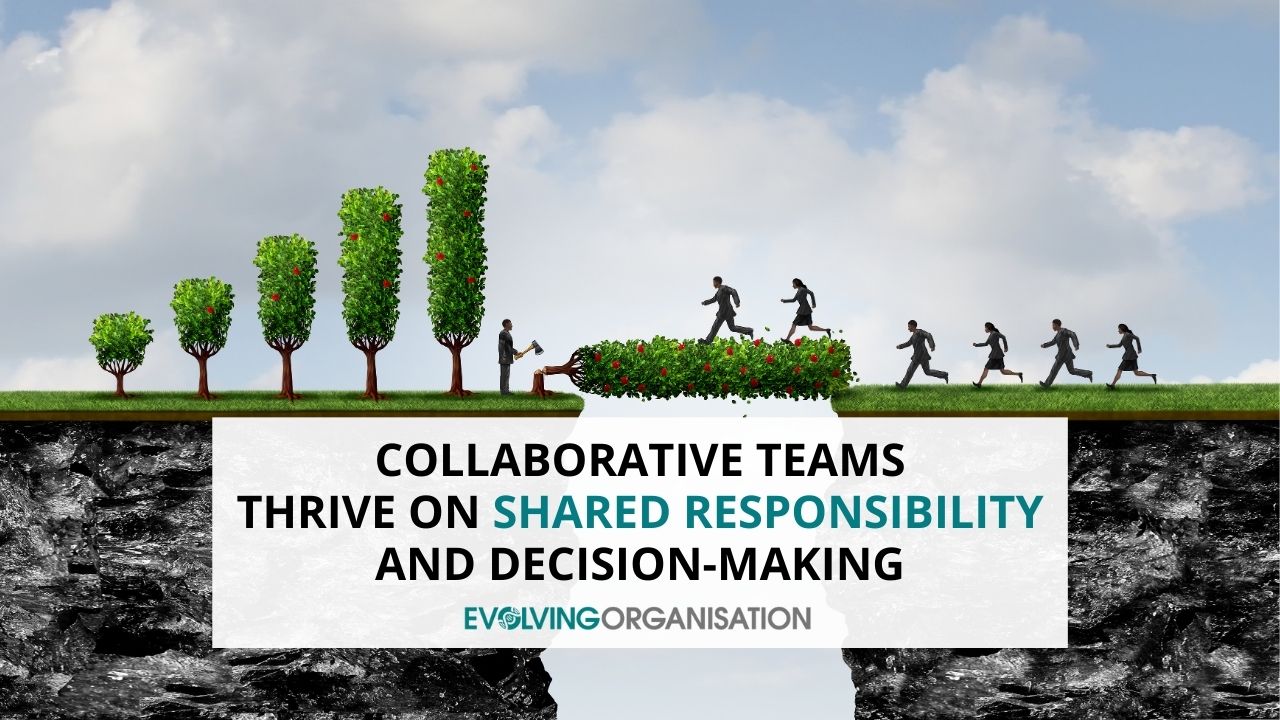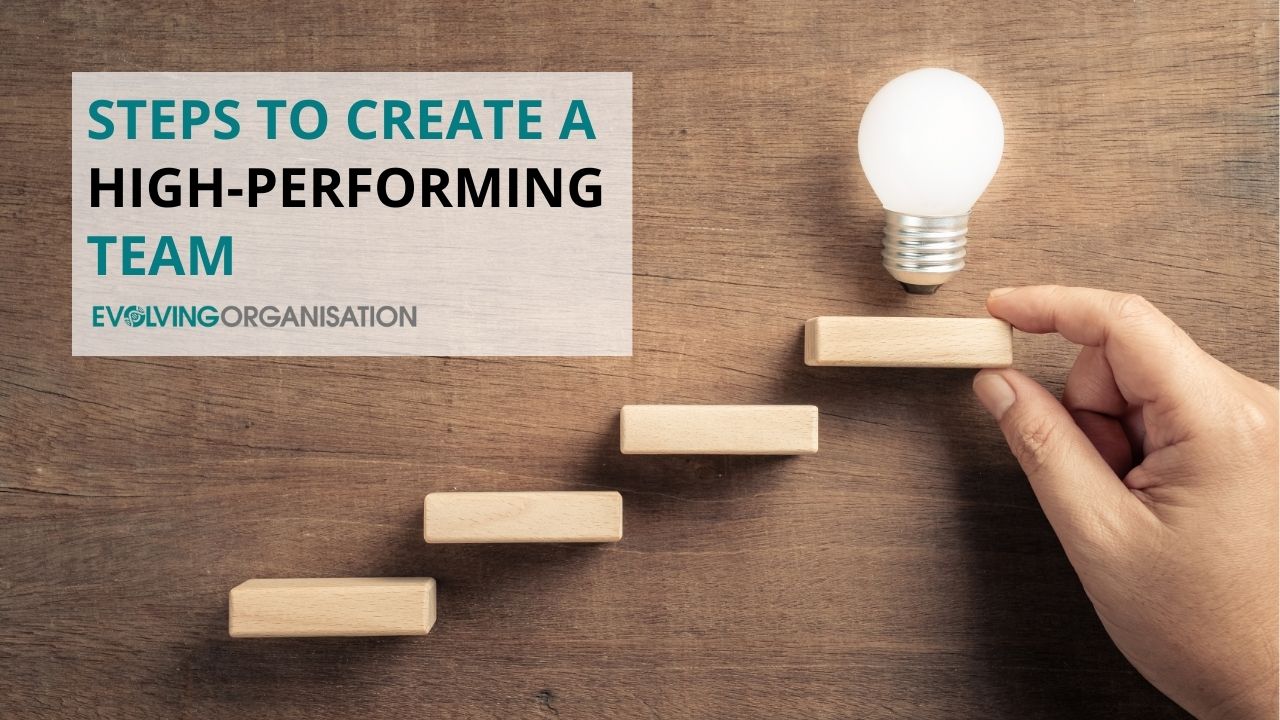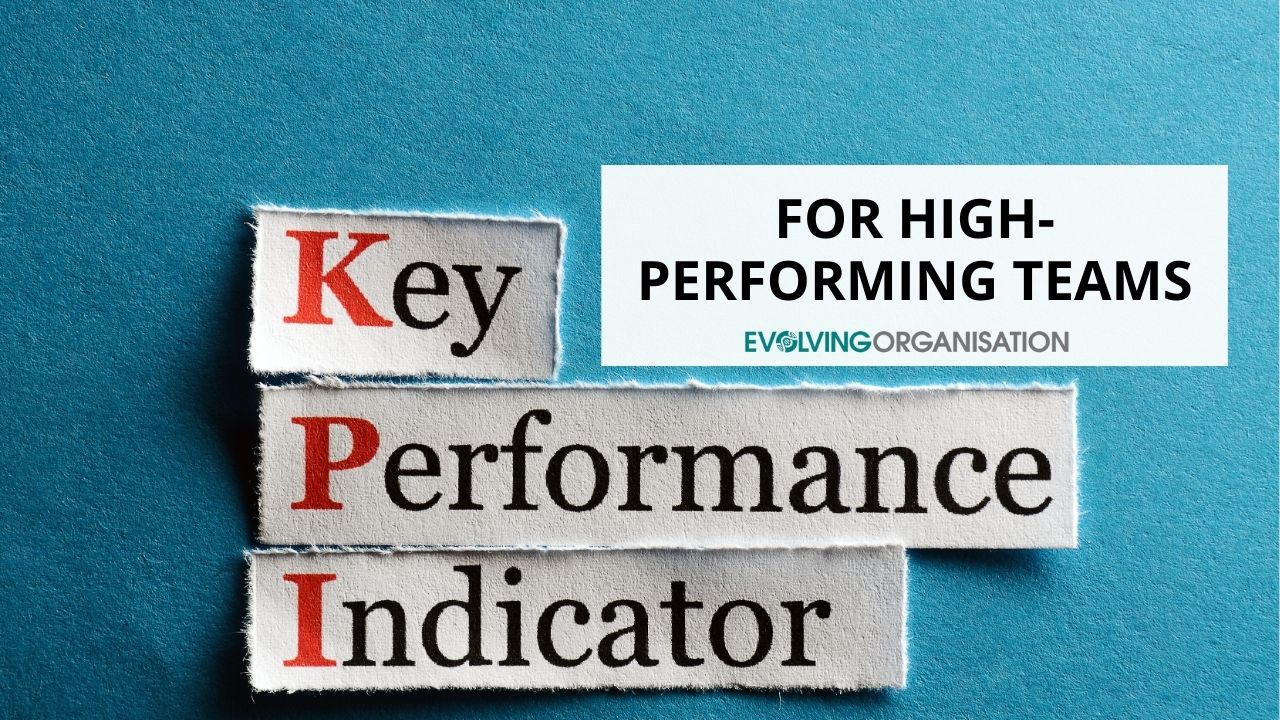
How to Build a High-Performing Team
It’s a common misunderstanding that you can apply a single formula to building any high-performing team. But actually, high performance in teams looks different according to whether your team operates within a hierarchy, a flat collaborative model, or a self-managing distributed system (as described in more detail here). The principles of high performance are consistent, but they look and work differently.
Success hinges on clarity, trust, shared purpose, and continuous improvement. Understanding how different structures influence team dynamics allows you to tailor your approach to make it work. The blog explores how different team structures—hierarchical, collaborative, and self-organising—shape what high-performing teams look like, their key characteristics, and practical strategies to build, measure, and sustain excellence in each approach.
What Is a High-Performing Team?
A high-performing team delivers consistent results while maintaining a healthy, motivated environment. Here’s how it looks in these three patterns:
Hierarchical Teams:
They excel in clear lines of authority and reporting to management, with leadership guiding decision-making. Authority may be delegated, but the managers retain the final call. For example, a sales department with a manager setting targets and monitoring progress is a typical hierarchical team.
This version can be reliable for steady output in stable environments but may struggle with rapid adaptation in more complex and fast-changing environments.
Collaborative Teams:

These thrive on shared responsibility and decision-making, open communication with an emphasis on hearing multiple voices and integrating multiple perspectives, and collective problem-solving.
A product development team that holds weekly open forums for ideas encourages peer feedback, and shares ownership of goals exemplifies this. They come up with better ideas/solutions but it can take a long time due to needing to talk about stuff together so much.
Self-Managing Teams:
These operate with distributed authority, with decisions mostly being made by individuals in clearly defined roles or collectively using a clearly defined decision-making process.
For instance, a software engineering squad that uses a shared Kanban board to prioritise work and make some decisions individually and some decisions collectively without a manager exemplifies this. They are highly flexible, motivated by ownership and purpose and the most adaptable and innovative of the three.
To make it more complicated, many teams, in reality, are a messy fudge between all three patterns, with different patterns showing up at different times. If this is the case, then you can either establish more clearly which pattern you are in and follow the ways of working that best fit that pattern. This is the best long-term investment.
Or if that’s not possible, then try to apply the practices below for whichever pattern is showing up in any situation. This approach tends to be the most messy and hardest to apply. So we recommend the former approach!
Key Characteristics of High-Performing Teams

Drawing from Google’s Aristotle project—an extensive study of team success—certain traits are common:
Psychological Safety:
The ability to speak freely without fear of negative consequences. For example, a marketing team that openly discusses mistakes and learns from them fosters innovation and trust.
Dependability:
Members reliably complete tasks. An example is a customer support team where everyone meets their response time commitments consistently.
Clarity & Structure:
Clear roles and goals. An engineering team with defined responsibilities, protocols, workflows and project milestones works smoothly and efficiently because everyone knows what they are doing and what to expect of each other.
Meaning & Impact:
Members find purpose. For example, a nonprofit team motivated by the social impact of their work performs better and stays engaged.
How these traits manifest in different team types:
Hierarchical teams rely on clear authority lines to ensure dependability.
Collaborative teams build trust through open communication, listening to many voices and integrating different perspectives.
Self-managing teams thrive when shared purpose and transparent decision-making are embedded in a foundation of clear role definitions that distribute authority.
Steps to Create a High-Performing Team

Hierarchical Approach:
1. Clearly define roles, responsibilities and reporting lines. For example, assign specific sales targets to each team member.
2. Managers set measurable goals aligned with the company’s objectives.
3. Establish routines and standard processes.
4. Conduct regular performance reviews.
5. Develop leadership that supports and guides.
Collaborative Approach:
1. Clarify shared goals and values.
2. Foster open communication and trust.
3. Use collaborative decision-making tools like consensus or dot voting.
4. Encourage peer feedback and continuous learning with the Action Learning Cycle.
5. Promote experimentation and adaptation.
Self-Managing Teams:
1. Establish a shared purpose that energises everyone.
2. Create clear role definitions that distribute authority and transparent decision-making processes.
3. Build a culture of trust and ownership using specific tools like Role Clarity and each person effectively managing their workload with their Trusted System.
4. Use visual tools like Kanban boards for tracking progress and sharing updates and tensions that arise.
5. Encourage experimentation, failing fast and rapid learning from failures.
Example:
A tech startup transitioned from a traditional hierarchy to a self-organising model. By clarifying their shared purpose—delivering innovative solutions and clearly defining roles with Distributed Authority—they empowered teams to make decisions quickly. As a result, they increased their speed to market and employee engagement.
How to Measure the Performance of Your Teams

Our article on creative ways to improve team performance offers tips applicable across all three approaches. Focus on both quantitative metrics—such as delivery timelines, quality standards, and customer satisfaction—and qualitative feedback like engagement, innovation, and collaboration. Regularly review these indicators to identify areas for improvement and celebrate successes.
Strategies for Sustaining Team Performance
Maintain Clarity:
Keep roles, goals, and processes transparent.
Example: A project team uses Nestr for its shared Governance of clear Role Definitions along with dashboards for projects to track progress openly.
Foster Trust:
Invest in building a culture where members feel safe to share ideas and admit mistakes. This doesn’t happen overnight and requires work over time.
Example: A remote product team holds weekly "fail fast" sessions to openly discuss setbacks and lessons learned.
Encourage Continuous Learning & Improvement:
Invest in training and reflection.
Example: A sales team attends monthly workshops, shares success stories and challenges, and brainstorms ways to address those challenges better in the future.
Adapt and Evolve:
Encourage and support team members to raise issues/problems/tensions as soon as they arise and figure out ways to adapt as you go along.
Example: An engineering team adjusts their sprint planning after retrospective insights.
Celebrate Successes:
Recognise milestones and individual contributions.
Example: An HR team celebrates employee anniversaries and project wins publicly.
Key Performance Indicators for High-Performing Teams

Across all types, these indicators are universal:
Clarity of what people can do, decide and expect of each other and how decision-making works.
Consistent delivery of quality work on time.
High engagement and motivation levels.
Ability to innovate and solve problems.
Stakeholder or customer satisfaction.
Resilience and flexibility in changing environments.
What Do High-Performing Teams Do Differently?
Cultivate psychological safety encouraging open dialogue and risk-taking.
Example: A product team that openly discusses failures without blame fosters innovation.
Take ownership of their goals and processes.
Example: A self-organising marketing team that sets its KPIs and adjusts strategies accordingly.
Prioritise learning from successes and failures.
Example: A customer support team analyses complaints to improve service quality.
Innovate proactively rather than reactively.
Example: An R&D team experiments with new technologies to stay ahead of competitors.
Align around a shared purpose that energizes members.
Example: A nonprofit team driven by social impact maintains high motivation and cohesion.
Practical Tips for Building a High-Performing Team
First of all, clarify which of the three-team structures most applies to your team or if it’s a blend of the three, then.
Clarify roles and expectations early, tailored to your team’s structure.
Foster open, honest communication through regular check-ins.
Create a culture of trust and ownership, empowering members to make decisions.
Use visual management tools like Kanban or shared dashboards.
Invest in continuous learning, experimentation, and reflection.
Celebrate milestones to reinforce positive behaviours and team cohesion.
Align team purpose with organisational goals to boost motivation.
Conclusion:
Building a high-performing team requires understanding your team’s structure and applying tailored strategies that foster clarity, trust, and continuous improvement. Whether through clear hierarchies, collaborative engagement, or distributed self-management, embedding these principles creates resilient teams capable of thriving in a rapidly changing world. When teams operate with purpose, transparency, and shared ownership, they unlock their full potential for doing great work in the world!
Suppose you want to learn these practices in depth. In that case, programs like Team Clarity & Faster Decision-Making and The Meetings Revolution offer step-by-step guidance and practical tools to help your team make these shifts confidently and effectively.
When you move beyond hierarchy and empower your team to own their roles, communicate openly, and adapt quickly, you don’t just improve performance—you create the foundation for lasting success in a fast-changing world.
This blog serves as a continuation of our commitment to improving performance and decision-making within organisations. Stay tuned for our next instalment, where we will delve deeper into a range of practical tools that do this.
For more insights and resources, visit our website. Together, let’s evolve and adapt to the challenges of our dynamic world and build a better, more collaborative future—together.


